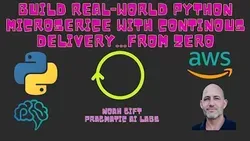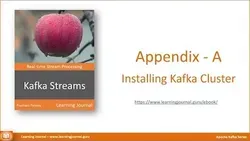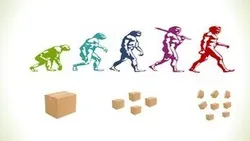
Application Development using Microservices and Serverless

This course introduces students to the world of microservices and serverless applications. Through hands-on labs, students will learn how to create microservices using Python and Flask, and how to deploy them on the IBM Cloud Code Engine. The course also covers the basics of serverless applications and how to use them in a frontend application. By the end of the course, students will have the skills to create and deploy microservices and serverless applications.▼
Course Feature
![]() Cost:
Cost:
Free
![]() Provider:
Provider:
Coursera
![]() Certificate:
Certificate:
Paid Certification
![]() Language:
Language:
English
![]() Start Date:
Start Date:
10th Jul, 2023
Course Overview
❗The content presented here is sourced directly from Coursera platform. For comprehensive course details, including enrollment information, simply click on the 'Go to class' link on our website.
Updated in [May 25th, 2023]
What skills and knowledge will you acquire during this course?
By completing this course, you will acquire knowledge and skills in microservices and serverless, such as creating REST APIs using Python and Flask, and running applications on the IBM Cloud Code Engine. You will also gain a solid foundation in distributed systems, event-driven architectures, cloud-native applications, containerization, orchestration, and serverless functions. Additionally, you will be able to explore other cloud providers, such as Amazon Web Services and Google Cloud Platform, to learn more about their serverless offerings, as well as open source projects, such as Kubernetes and Apache OpenWhisk, to gain a deeper understanding of the technologies.
How does this course contribute to professional growth?
This course provides a comprehensive introduction to microservices and serverless, two of the most popular application development architectures. By completing this course, professionals will gain a solid foundation in microservices and serverless, allowing them to develop more complex applications, such as distributed systems, event-driven architectures, and cloud-native applications. Additionally, professionals can explore more advanced topics, such as containerization, orchestration, and serverless functions. This course provides a great opportunity for professional growth, as it allows professionals to gain a deeper understanding of the technologies and apply them to their own projects.
Is this course suitable for preparing further education?
This course provides a comprehensive introduction to microservices and serverless, two of the most popular application development architectures. It covers the basics of microservices, such as creating REST APIs using Python and Flask, and the basics of serverless, such as running applications on the IBM Cloud Code Engine. The course also includes several hands-on labs and a final project to help students apply the content they learn. This course is suitable for preparing further education, as it provides a solid foundation in microservices and serverless. Students can then use this knowledge to develop more complex applications, such as distributed systems, event-driven architectures, and cloud-native applications. Additionally, students can explore more advanced topics, such as containerization, orchestration, and serverless functions. To further their knowledge of microservices and serverless, students can explore other courses on the IBM Cloud platform, as well as other cloud providers, such as Amazon Web Services and Google Cloud Platform. They can also look into open source projects, such as Kubernetes and Apache OpenWhisk, to gain a deeper understanding of the technologies.
Pros & Cons
-

Good theoretical and practical knowledge.
-

Quick start on IBM cloud and Serverless Applications.
-

Well laid out info and direct application to solve real world problems.
-

Technical issues made it hard to practice.
-

Material is confusing.
-

Last 2 weeks was mostly a repeat of other courses.
Course Provider





